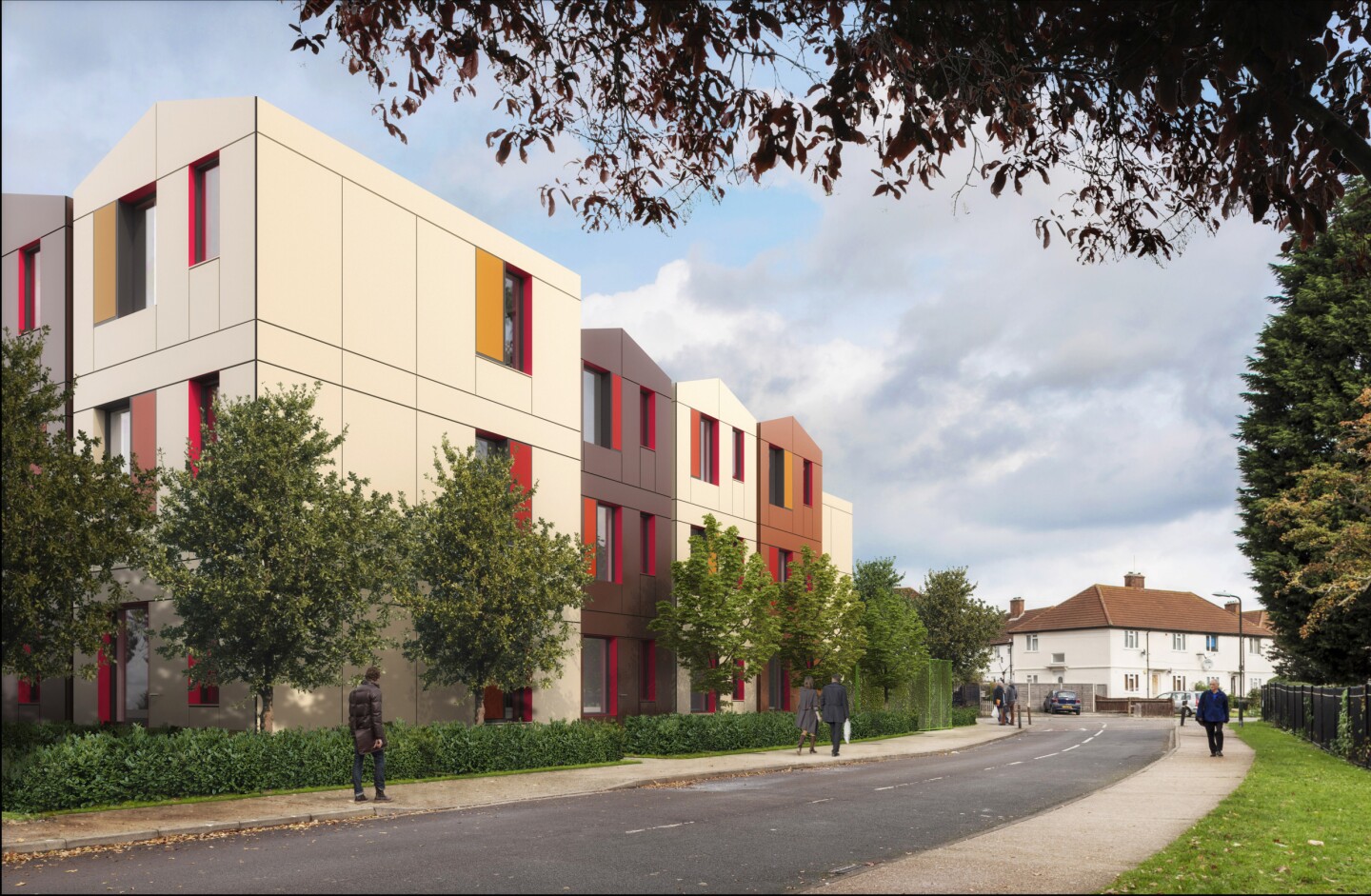Rising house prices and changes to the UK's housing benefits system have resulted in rent becoming too expensive for many London residents, leading to an increasing number of people living on the streets or in shared hostels. YMCA London South West and architectural firm Rogers Stirk Harbour + Partners have joined forces to provide a potential solution to the burgeoning housing crisis. Dubbed the Y:Cube, the tiny home is built using mostly renewable materials, and offers residents independence and privacy that exceeds what can be offered in a shared hostel.
The interior floor space of Y:Cube measures 26 sq m (280 sq ft) and is likened to a studio apartment space, suitable for a single occupant. Each dwelling is prefabricated in a factory using renewable timber as the primary building material, and comes with the necessary plumbing, heating, and electricity facilities already built-in.
This modular system allows the Y:Cube units to be easily set alongside or atop each other, in clusters of between 24 to 40 units on selected low-cost brownfield sites. The interior contains bedroom, en-suite bathroom, and a combined kitchen and living room area. There's also a degree of flexibility, as the interior layout allows partition walls to be re-arranged, and more windows can be added if required.

"As the largest provider of supported accommodation for young people in the country, YMCA is increasingly seeing young people struggling to afford the costs of private rent," explains Andy Redfearn, Director of Housing and Development at YMCA LSW. "Even for a young person in employment, a combination of low wages and high rents can quickly see them priced out of the market. We constantly see young people thrive and gain independence within our hostel accommodation, only to be left with no options when it comes to the time for them to move on."
The Y:Cube homes cost £30,000 (US$49,900) to construct, which will be paid for by a housing charity, registered housing provider, or local authority. They are rated as having a 60-year lifespan and rent will work out at around £125 to £175 ($205 - $290) per week. Crucially, the rent pricing will meet the local housing allowance requirements, enabling eligible occupants to apply for benefits that help toward the rent cost.
Thanks to its excellent insulation, a three-week trial conducted by YMCA has shown that each home can be lit and heated to 20° C (68° F) throughout the day and night for just £7 ($11) per week. The Y:Cube is also designed to meet the maximum Level 6 Code for Sustainable Homes, a government-led scheme that measures sustainability.
The eventual plan is for the first Y:Cube Housing scheme to open in the London Borough of Merton by the end of 2014, providing 36 homes for local people in need of accommodation.
Sources: YMCA LSW, Rogers Stirk Harbour + Partners

















